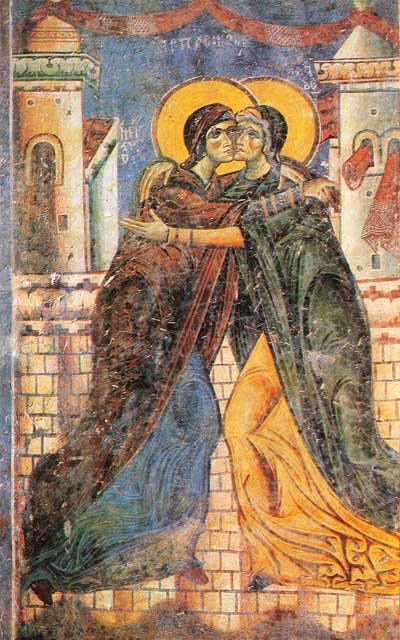This is a newsletter! Gower, Rosary mysteries, and the politics of 'family compact'
The Tuesday Pillar Post, on Wednesday
Hey everybody!
Today is the feast of the second joyful mystery — the feast of the Visitation — and you’re reading The Tuesday Pillar Post, on Wednesday!

There is, of course, much to be said about the Visitation of Mary to her cousin Elizabeth — and…
